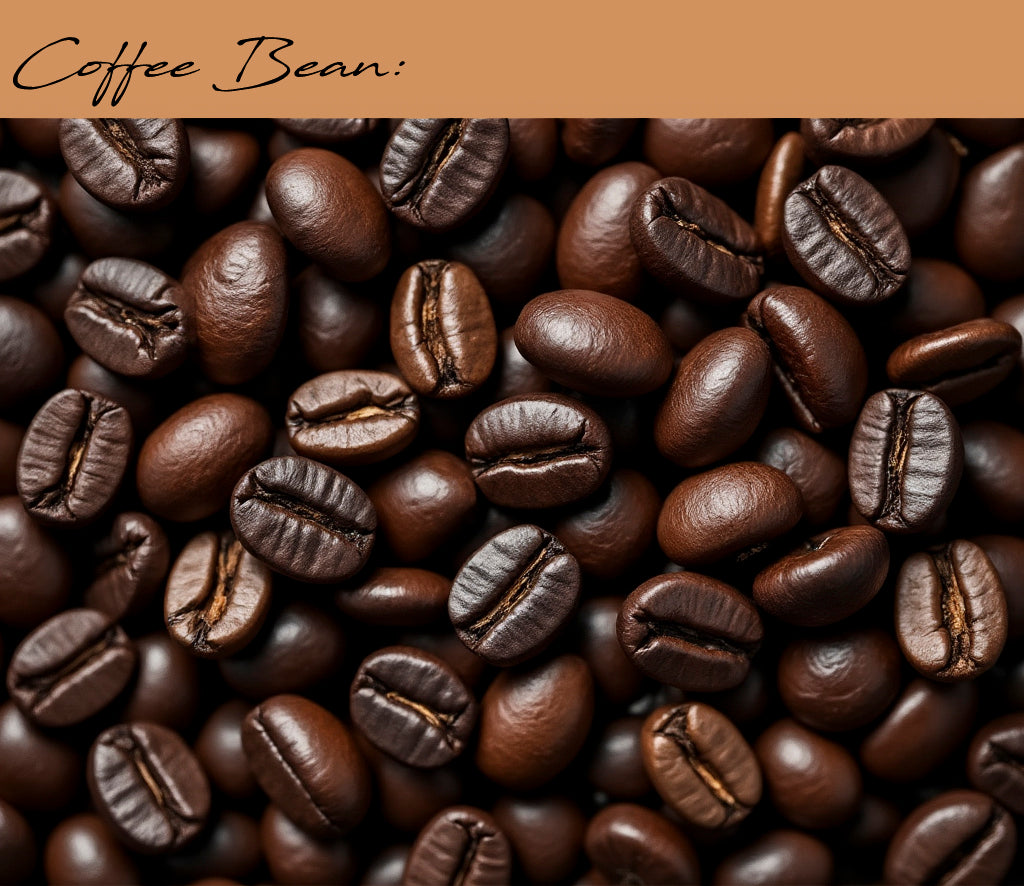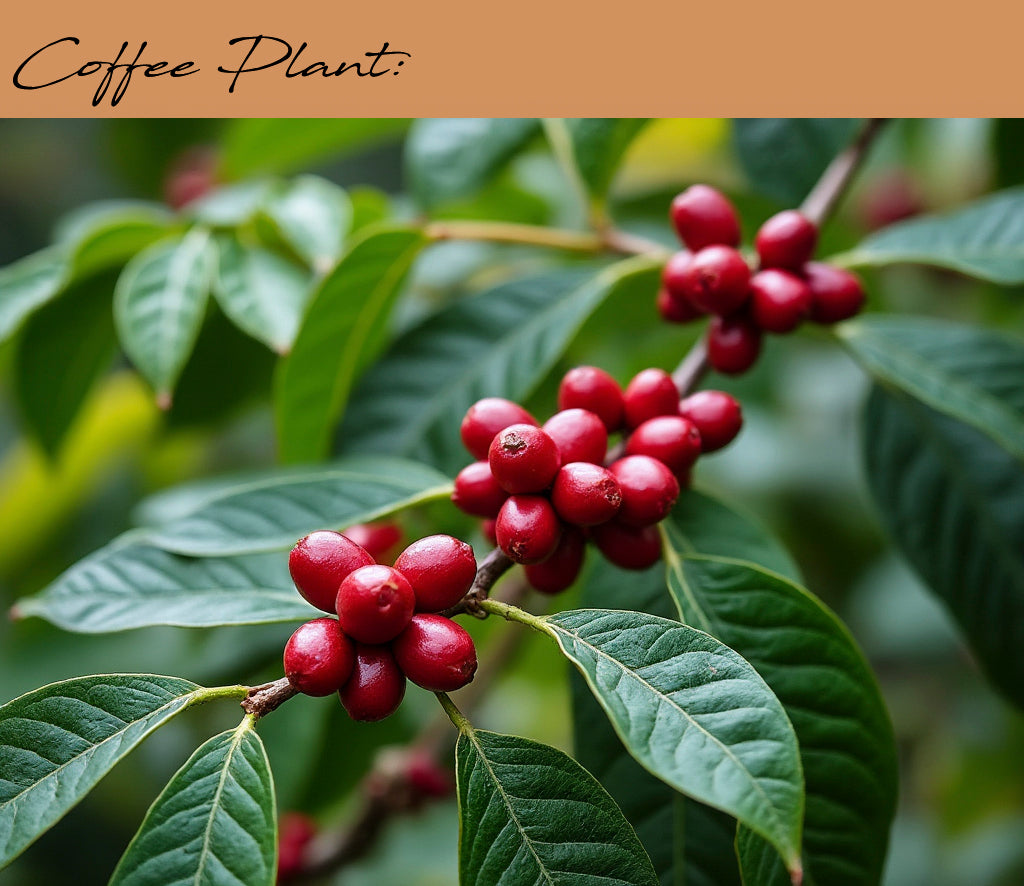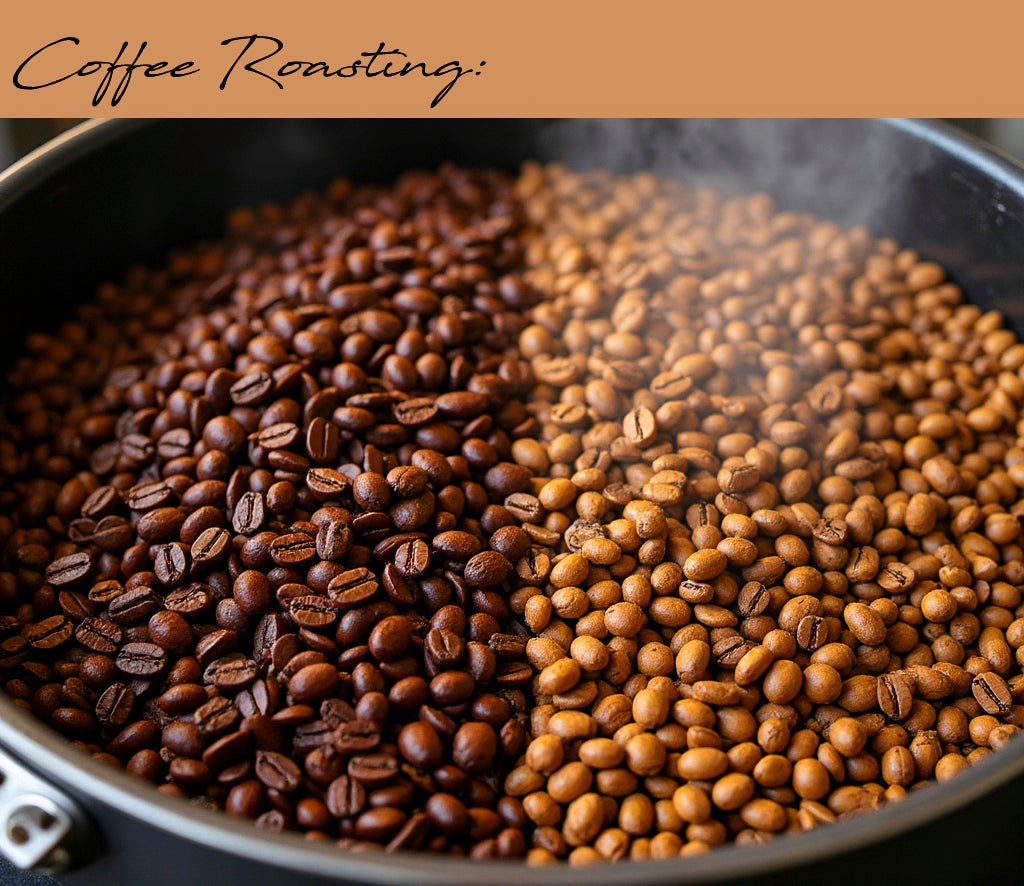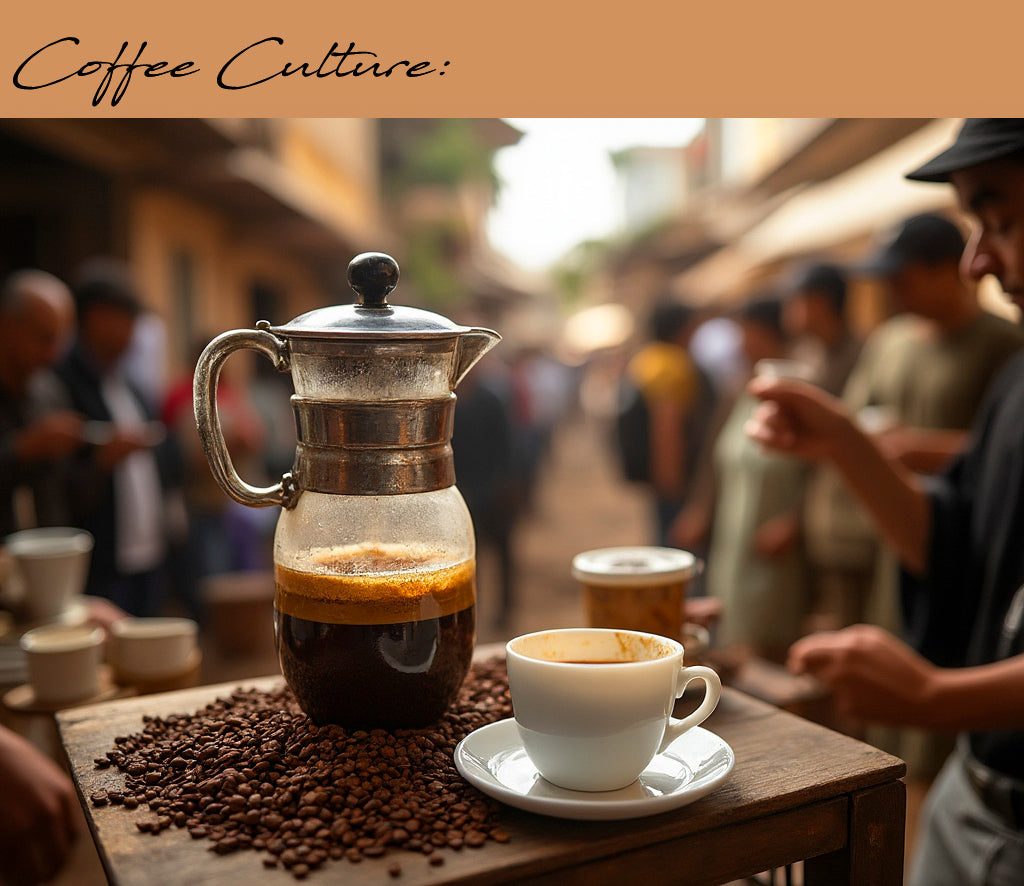The History of Coffee

The Coffee Cherry
Coffee beans are not actually beans but seeds of the coffee plant, specifically from the fruit known as coffee cherries.
-

Plant Origin
Coffee plants are members of the Coffea genus, with the two main commercially important species being Coffea arabica and Coffea canephora, also known as Robusta.
-

Appearance
Coffee plants are shrubs or trees that can reach heights of 3 to 30 feet (1 to 9 meters), based on species and cultivation.
-

Shape
Coffee seeds are oval to elongated. They are typically grown in tropical climates around the world.
-

Size
On average, they measure 0.5 to 1.5 centimeters in length.
-

Color
Upon harvest, the seeds are enclosed by a red or purple fruit. Post-processing, the seeds take on a green hue. The transformation to a brown color occurs only after roasting.

The Coffee Plant
A coffee plant, scientifically known as Coffea, is a genus of floweringplants in the family Rubiaceae.
-

Appearance
Coffee plants are evergreen shrubs or tiny trees that can sprout up to heights of 3 to 30 feet 1 to 9 meters, depending on the species and cultivation practices.
Their dark green leaves are glossy, shaped like ovals, opposite, and have wavy edges.
-

Flowers
Clusters of white, fragrant flowers grace the coffee plant. These flowers consist of five petals and a tubular corolla, a signature trait of the Rubiaceae family.
-

Beans
The seeds, or beans, are initially green and only turn brown during the roasting process.

The Coffee Roast
Roasting brings out the flavor, aroma, and color of the coffee beans. The green beans have little aroma or taste, and it's the roasting process that develops these characteristics.
-

Drying Phase
At approximately 160°C (320°F), The moisture in the beans starts to evaporate. The beans become yellow, and there is a slight increase in size.
-

Browning Phase
The beans lose moisture, turning light brown. Sugars caramelize, proteins break down in Maillard reaction for flavor development.

Preparation
Coffee preparation encompasses a variety of methods,each with its unique equipment, techniques, and resulting flavors.
-

Manual
Manual brewing involves brewing coffee without the use of electric machines. Such as a French Press or Aero Press.
-

Espresso
Espresso is made by forcing a small amount of nearly boiling water through finely-ground coffee beans using an Espresso Machine.
-

Cold Brew
Cold brew is coffee brewed slowly using cold or room-temperature water over an extended period (typically 12-24 hours).
-

Brewed
Drip coffee is the most common method of brewing, especially in households and offices, using an Automatic Drip Machine.
-

Specialty
Specialty methods refer to unique brewing styles like Siphon Brewing, Turkish Coffee, and Moka Pot.

Food Pairing
Coffee and food pairing is an emerging culinary trend that explores how different types of coffee can complement or contrast with various foods, much like wine pairing.
-

Acidity
Some coffees, such as Ethiopian Yirgacheffe, are high in acidity and can pair well with rich, fatty foods or citrusy, fruity dishes.
-

Body
Full-bodied coffees such as Sumatran or Brazilian beans complement hearty, robust dishes with a satisfying mouthfeel.
-

Sweetness
Naturally sweet or caramelized flavors in coffee can complement savory or salty foods.
-

Bitterness
Dark roasts can contrast with sweet desserts or rich, creamy foods.

The Coffee Barista
A coffee barista is a professional who specializes in the art and science of preparing and serving coffee. Here's a detailed description of what being a coffee barista entails:
-

Espresso
A barista's expertise is showcased in making espresso, with precise control over grind size, dose, tamping pressure, and extraction time for the perfect shot.
-

Brewed Coffee
Using drip coffee, pour-over, French press, or siphon brewing methods with precise water temperature, coffee-to-water ratio, and brewing time.
-

Specialty Drinks
Creating lattes, cappuccinos, macchiatos, and other espresso-based drinks, frequently with latte art for visual charm.
-

Order Taking
Effectively and precisely processing orders, frequently under pressure in busy periods.
-

Interaction
Interacting with customers, describing menu items, suggesting beverages, and ensuring a pleasant experience.
-

Speed and Efficiency
Maintaining a balance between quality and speed, particularly in high-volume settings.

Coffee Culture
Coffee culture encompasses the social, artistic, and ritualistic aspects of coffee consumption worldwide. It is about more than just drinking coffee; it’s about the experience, the craft, and the community that surrounds it.
-

Latte Art
By pouring steamed milk into espresso, latte art manifests patterns or images on the drink's surface. This art has evolved from basic to complex designs.
-

Coffee Rituals
Coffee rituals are a significant cultural tradition involving the roasting, brewing, and serving of coffee in a communal setting.
-

Third-Wave Coffee
A focus on quality, origin, and ethical sourcing of coffee beans. It treats coffee as an artisanal product similar to wine, emphasizing single-origin beans, unique brewing methods, and expert baristas.
-

Social Spaces
Coffee shops serve as social hubs where people gather to work, socialize, or relax. The atmosphere, music, and design often play a role in the overall coffee experience.
-

Coffee & Food Pairing
Exploring how different coffee flavors complement various foods, much like wine pairing. This can include matching acidic coffees with citrus dishes or full-bodied coffees with hearty meals.































